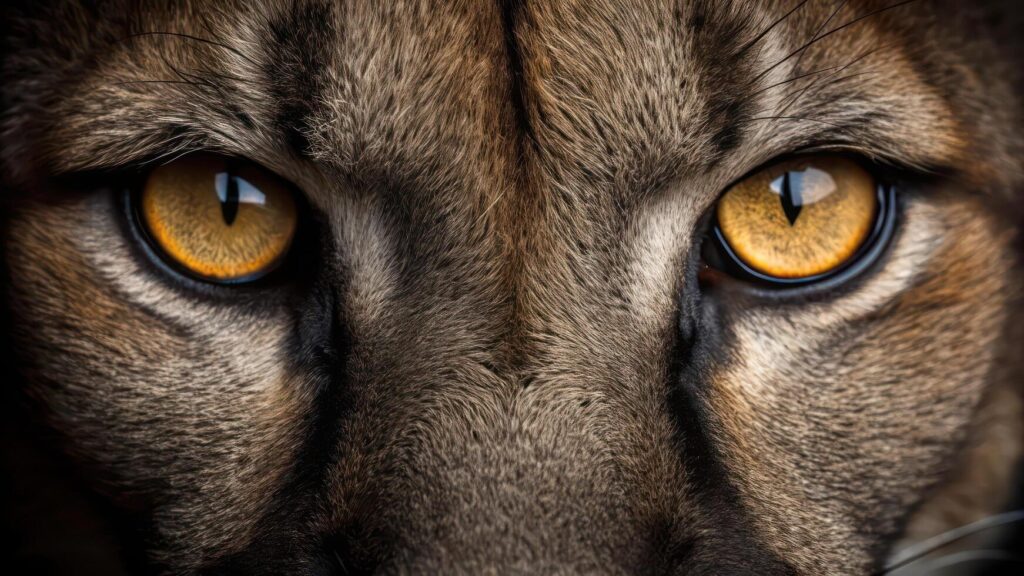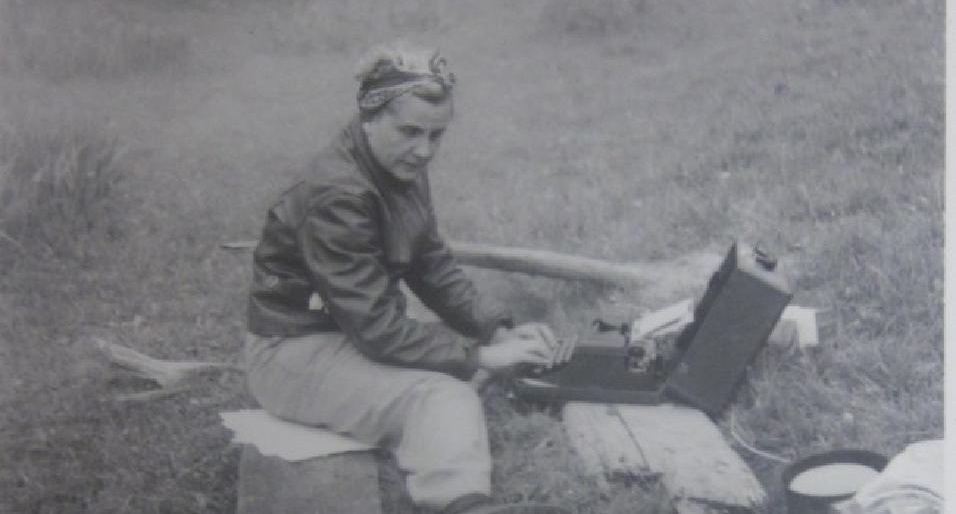Post Category : Field Life
Edible Plant Series – Wild Mushrooms
For this installment of the Edible Plant Series I decided to take a bite out of mushrooms. Before I get into the bread and butter of this topic, I must first do what everyone must do when they are discussing eating wild mushrooms. I must state: DO NOT EAT ANY MUSHROOMS THAT YOU CAN NOT CORRECTLY IDENTIFY WITH 100% CONFIDENCE. This is not mere cautionary note, and yes, I did mean to use ALL CAPS and BOLD when I wrote it.
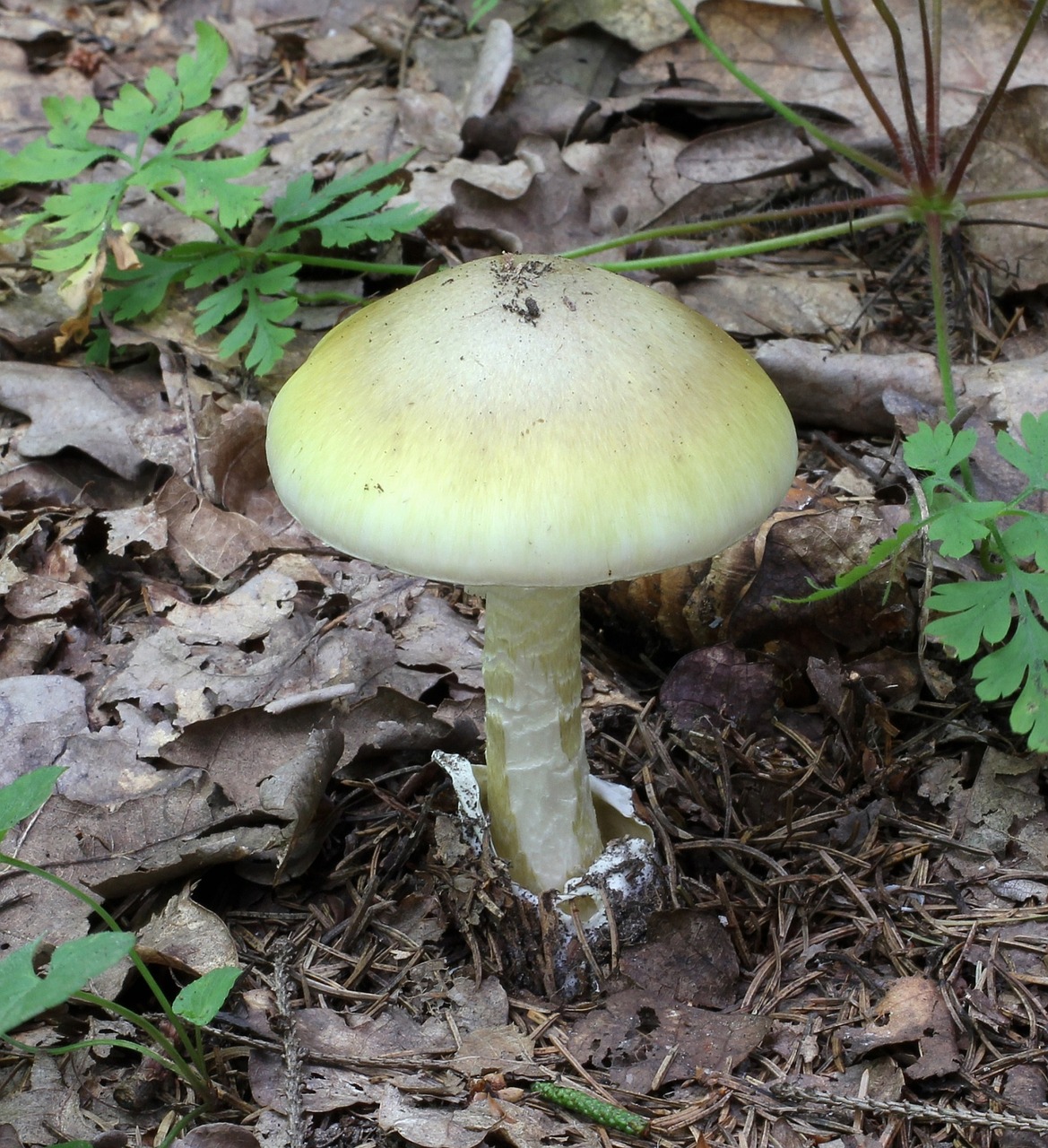
Mushrooms are not something to mess around with. There are literally thousands of different species of mushrooms in Alberta, yet the list of mushrooms that are edible and have no poisonous look-alikes is actually quite short. In North America, a few people die each year by incorrectly identifying and ingesting poisonous mushrooms. The main culprits are usually members of the genus Amanita and have super ominous names like the Destroying Angel (A. bisporigera, A. ocreata, A. virosa), Death Cap (A. phalloides) or the little less scary, Fool’s mushroom (A. verna). These unassuming looking mushrooms have a toxin that does not show symptoms until its already too late. By the time you feel ill, you may already need a liver transplant, and death will shortly follow without intense medical treatment.
Even some edible mushrooms have toxins that are destroyed by cooking so unless you know for sure, it is always best to cook wild mushrooms. Some varieties of edible mushrooms have a toxin that interferes with alcohol metabolism. So again, unless you know for sure that the edible mushroom you picked does not do this, it is best to abstain from that bottle of wine with supper.
The surest way to avoid being poisoned is not to eat mushrooms unless you are completely sure they are edible. The best way to do this is to learn from those with the experience and knowledge, not to try to identify a mushroom by comparing to a picture on the internet. Mushrooms are abundant, and wild mushroom picking can be an extremely gratifying and delicious pursuit, but you must put in your time and learn what is edible while assuming everything else will kill you. If you’re interested in learning this skill, mushroom picking classes are offered by the Alberta Mycological Society.
So now that you’re thoroughly scared (as I intended), lets discuss two of the mushrooms that I personally feel confident picking and eating. I grew up on a farm and have spent an obscene amount of time in the forest. I know of a few mushrooms you can eat because I learned from my dad and my grandma. This knowledge was supplemented by taking survival courses and reading Northern Bush Craft several times. Even with this knowledge, I only feel completely confident identifying and eating four types of mushrooms. In this blog post I will share two of them with you. I chose the first, because it is very common, has easily identifiable characteristics and no close look-alikes. The second I will share because they are damn delicious, and one of the most sought after mushrooms in the world.
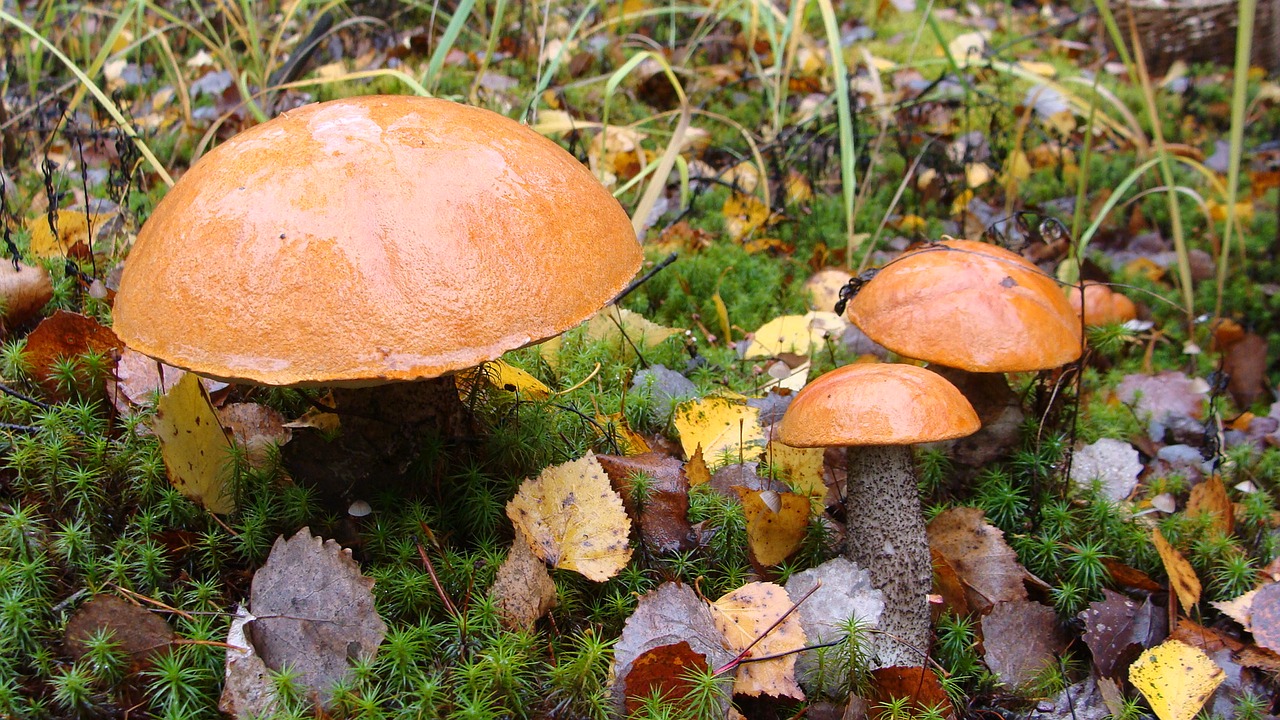
Boletus edulis – King Bolete aka. Porcini, Penny Bun, Cepe
The King Bolete (Boletus edulis) is a very common mushroom in the boreal forests of Alberta, or basically any wooded area in the northern hemisphere. The mushroom forms a symbiotic relationship with trees, which makes it difficult to cultivate, but abundant in forested regions. These mushrooms grow all summer starting in the spring, but they spoil and get infested with worms as they age. The mushroom varies greatly in size, but will grow fairly large, with its red to brownish-yellow cap reaching up to a foot (30-35 cm) in diameter.
One of the most distinctive characteristics of this mushroom, is that it does not have gills under the cap. Instead, there are tiny spore tubes that give the underside a spongy appearance. This will be white when the mushroom is young, darkening to an olive or brown color as the mushroom ages. My family always removed the sponge on larger mushrooms before cooking them, but the sponge is perfectly edible and we wouldn’t bother removing it on the smaller ones.
The stem is usually white to light brown and the lack of a sock, or volva, is an important characteristic. When we pick these mushrooms we always bring a knife and cut the bottom of the stem. This not only removes the dirt, but also allows you to check if the mushroom has worms. The stem should be completely solid and white. If you see small brown holes when you cut the stem you know that the mushroom is infested and should not be eaten.
Our favorite way to eat these mushrooms is to cook them with butter, garlic and a little salt and pepper, as an accompaniment with steak, but they dry quite nicely and are good in soup, gravy and stock. These mushrooms have no toxin so they can be eaten raw and you don’t have to set aside the beer.
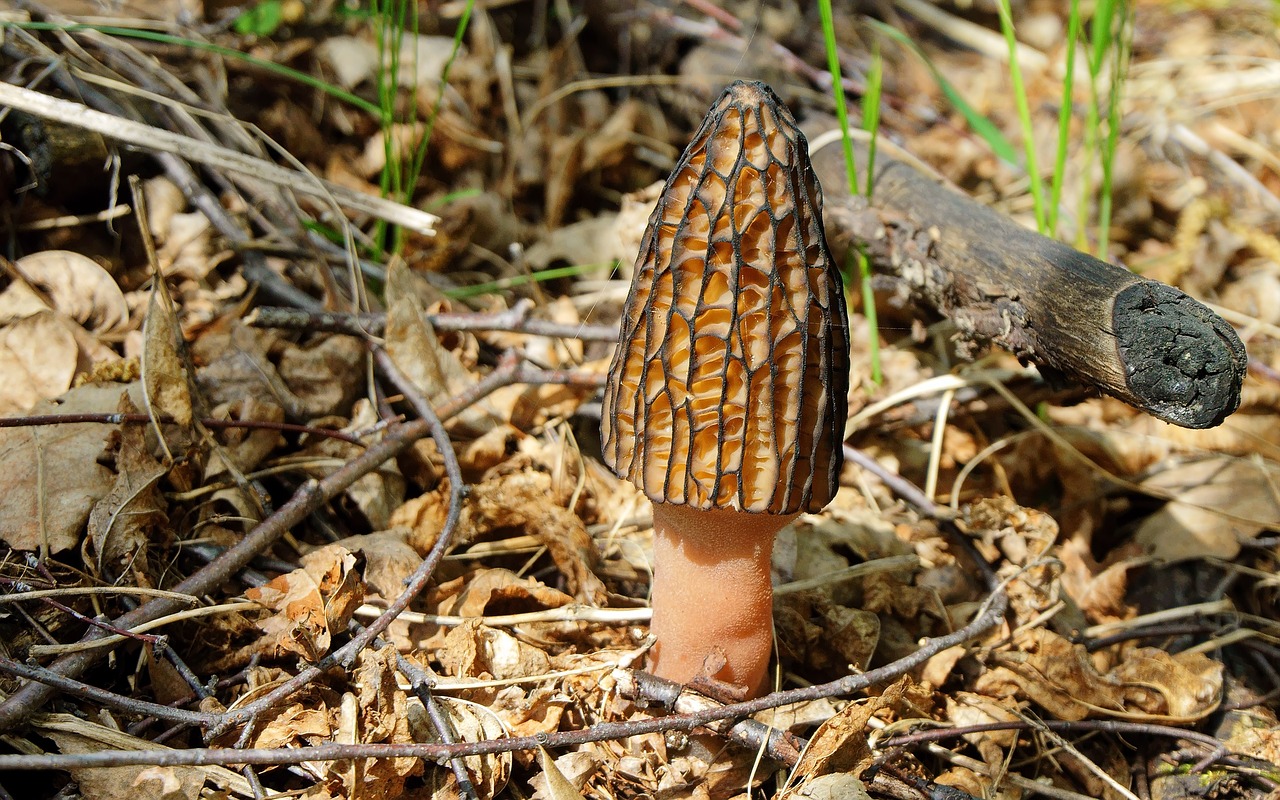
Morchella spp. – True Morels aka. Black Morels
The True Morels (I believe Morchella elata is the most common in Alberta) have a very short growing season and like forests that have been opened up in some way. They can be found from May to early June in old forest fire burns and cutblocks, but we mainly looked for them in bush around the farm where the cows reside.
They are an odd looking mushroom that has a ribbed or honeycomb cap that varies from light yellowish-brown to dark brown. They are small, which makes them difficult to spot. True Morels will only have a single, somewhat uniform, conical cap, which in my mind, makes them resemble little spruce trees from an alien planet.
These little mushrooms have a hollow stem that is light brown. The stem and the cap form a continuous hollow chamber. This is the easiest way to tell them from their look-alikes, the False Morels. Not all False Morels are poisonous if properly prepared, but many have a toxin that accumulates in your body and can be fatal at high doses. The stem and cap of False Morels do not form a single hollow chamber, so this characteristics can help discern True from False. I personally know a few people who have mistaken False Morels for the True ones. No one died, but a couple of them got fairly sick.
Technically, True Morels are still a poisonous mushroom, but the toxin is broken down by heat, so they should always be cooked before consumption. The toxin, even when cooked, can react with alcohol leading to an upset stomach and increased impairment. I’ve never had a problem with this aspect, but Morels are rare, and I have only ever consumed a small amount of them in one sitting.
Although any mushroom is delicious fried in butter and garlic and served on steak, my family usually only ate Morels this way on the day we picked them. Because Morels have a very short growing season, we would pick as many as we could find, as fast as we could find them. We would eat a small amount of them on steak, and dry the rest. They dry very well and keep for a very long time. Dried Morels are an excellent flavour base for soup, stew and gravy. They are highly sought after worldwide and fetch an extremely high price if you can find them.
Mushroom picking can be an extremely gratifying and delicious pursuit, but I can’t stress enough how important it is to get proper guidance before partaking. Take a course and learn from others, and remember not to rely on visually comparing mushrooms to pictures. Good hunting!

